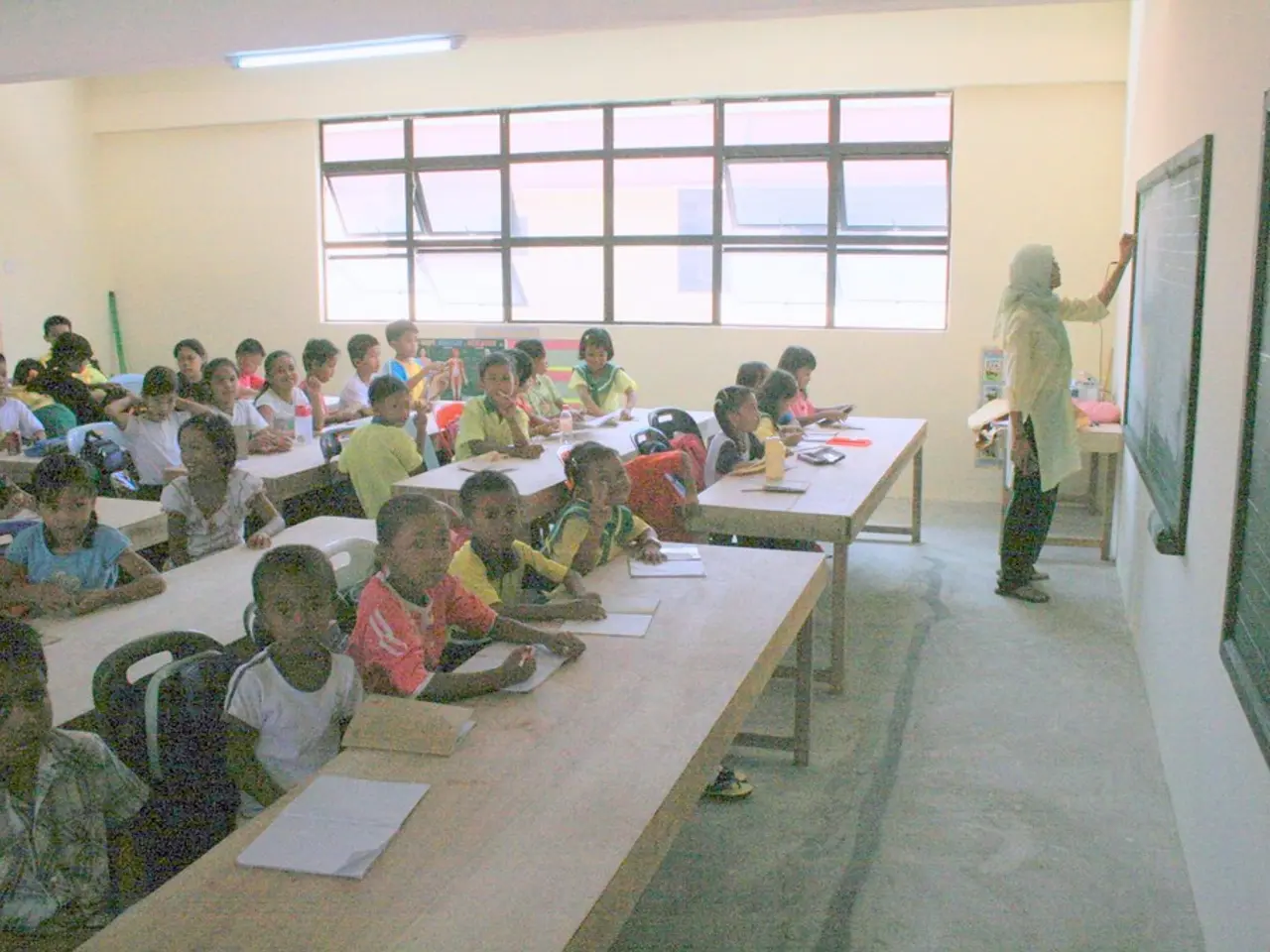AI in K-12 Classrooms: Rapid Growth, Training Gap, and Rising Concerns
The rapid integration of artificial intelligence (AI) in K-12 classrooms has sparked concern about potential negative impacts on students, while also highlighting the need for better teacher training and resources. As AI use surges, with 85% of teachers and 86% of students now employing it, only 48% of each group has received adequate training or information.
The Trump administration has prioritized AI advancement in education, with tech giants offering free teacher training. However, progress is uneven, with some regions like parts of Rheinland-Pfalz and many schools struggling for structured AI curricula and qualified personnel. Critics worry that schools are embracing AI too hastily, without sufficient skepticism. Seventy percent of teachers fear AI weakens critical thinking and research skills.
AI use in schools brings real risks, including data breaches, tech-fueled harassment, and unfair treatment. Less than half of trained teachers and a third of students receive guidance on AI policy, understanding, and risks. Despite these concerns, AI's role in education is set to grow, making comprehensive training and responsible implementation crucial.
As AI becomes ubiquitous in classrooms, it's vital to address teacher training gaps, provide students with guidance on AI use, and acknowledge the potential risks. With 85% of teachers and students now using AI, ensuring responsible integration is an urgent priority for schools and districts.







